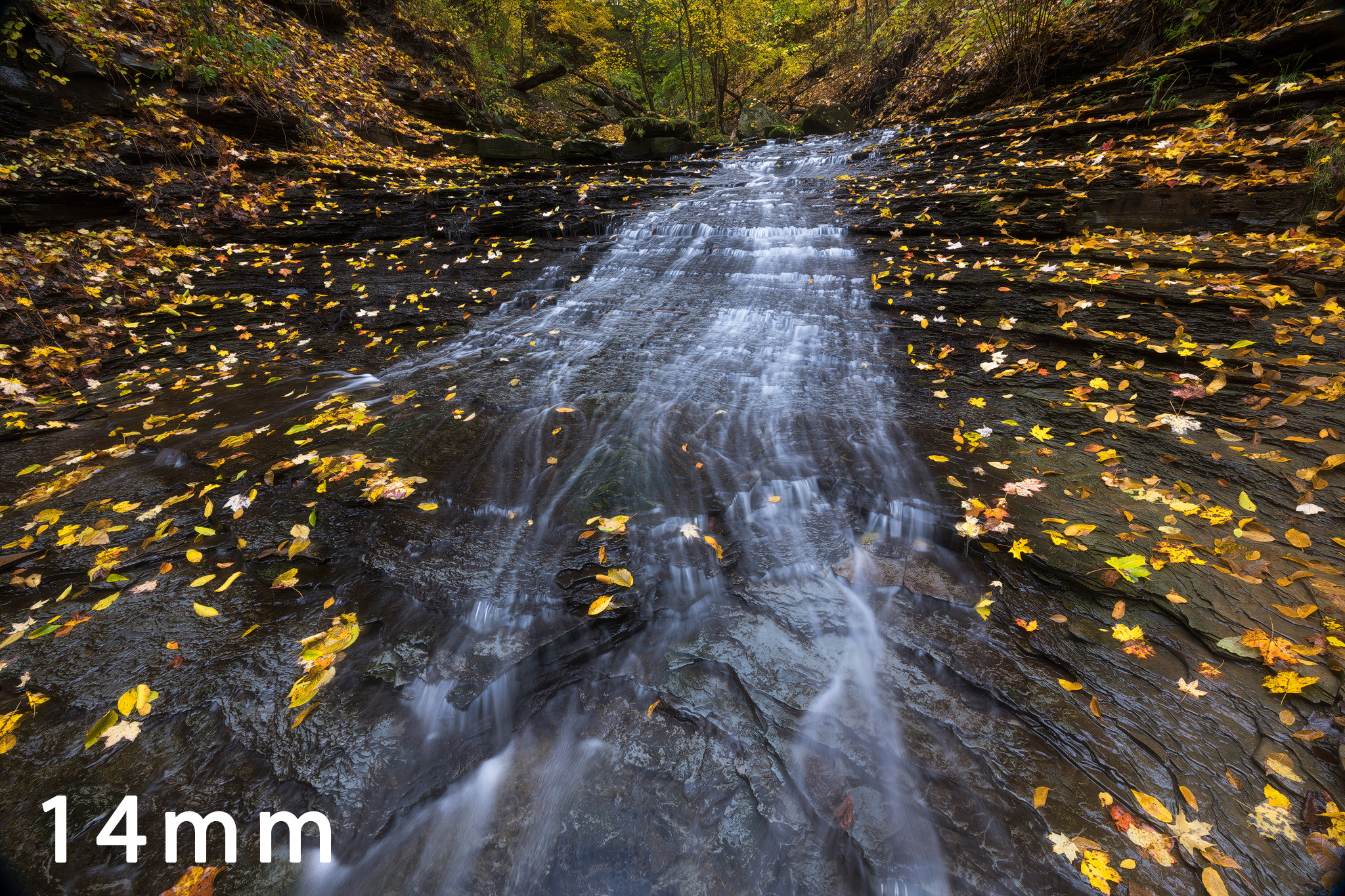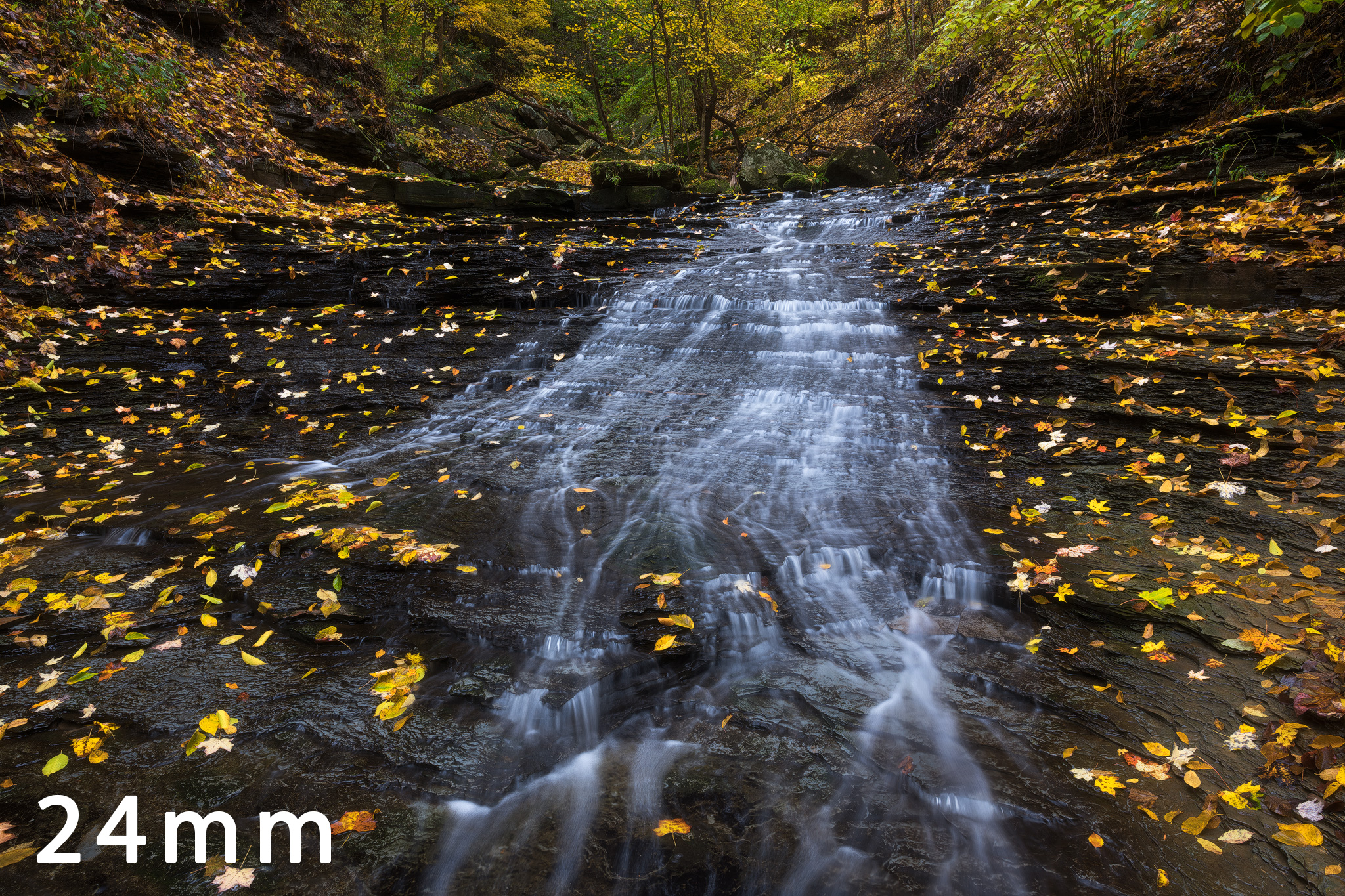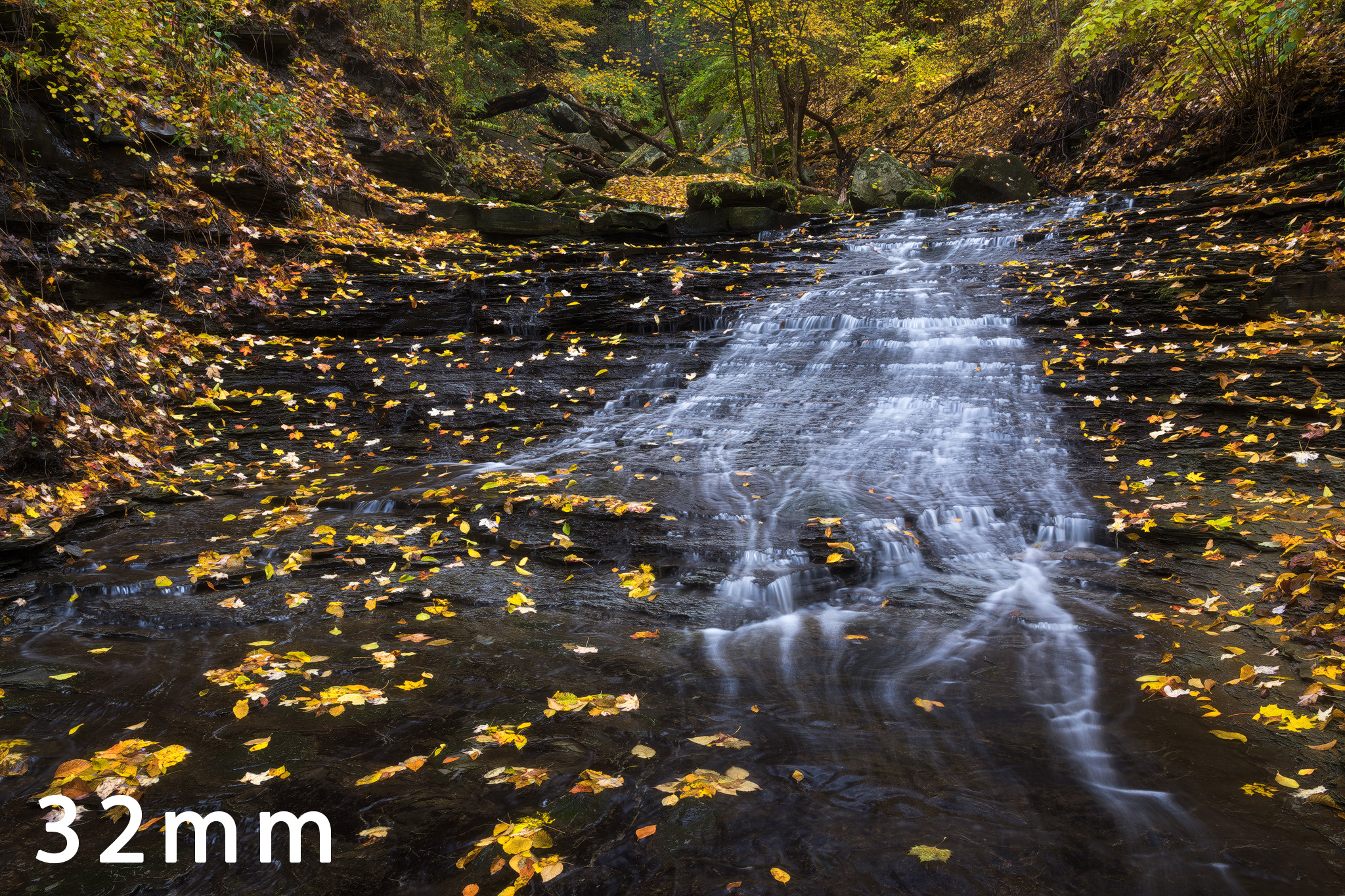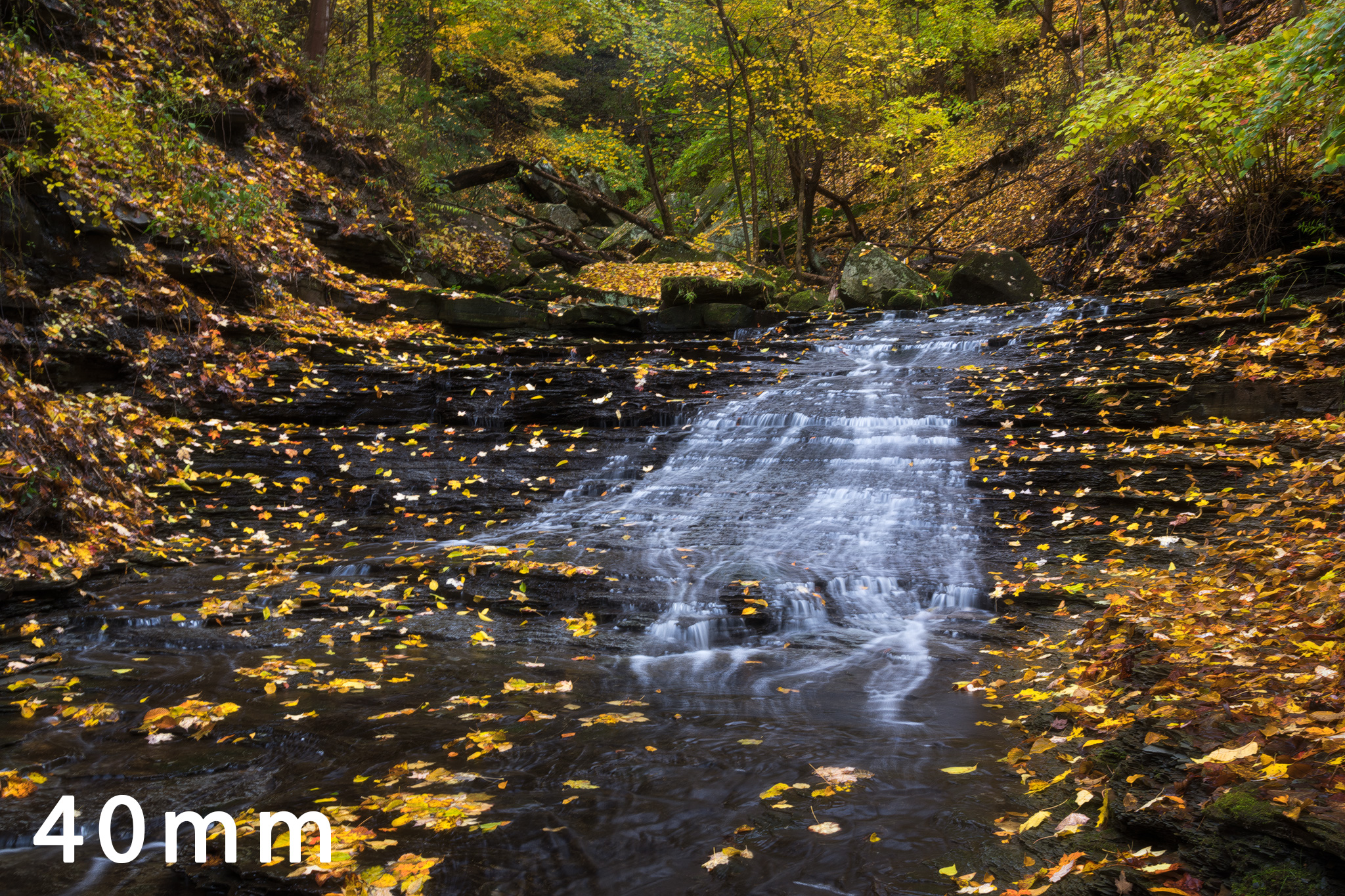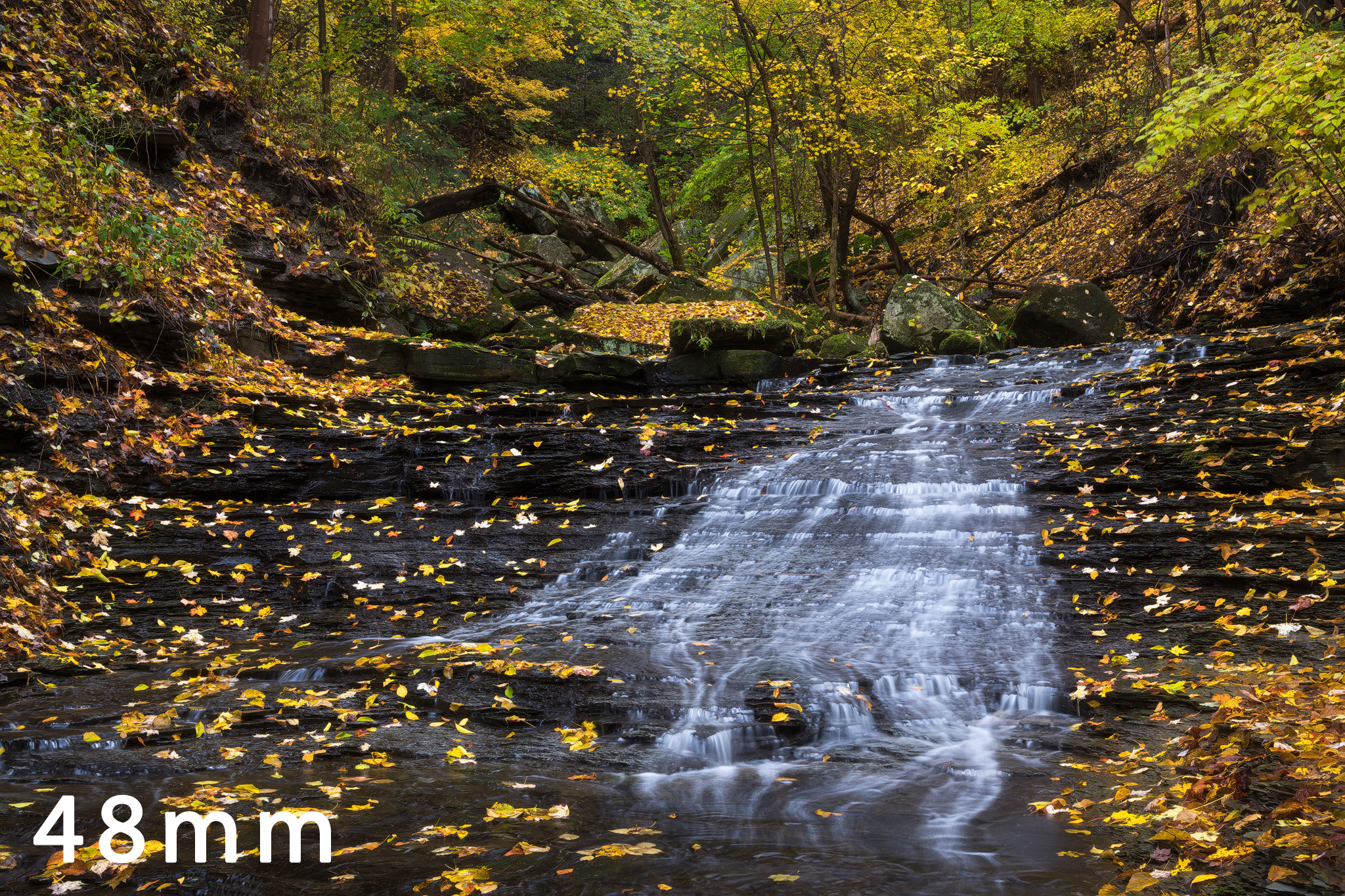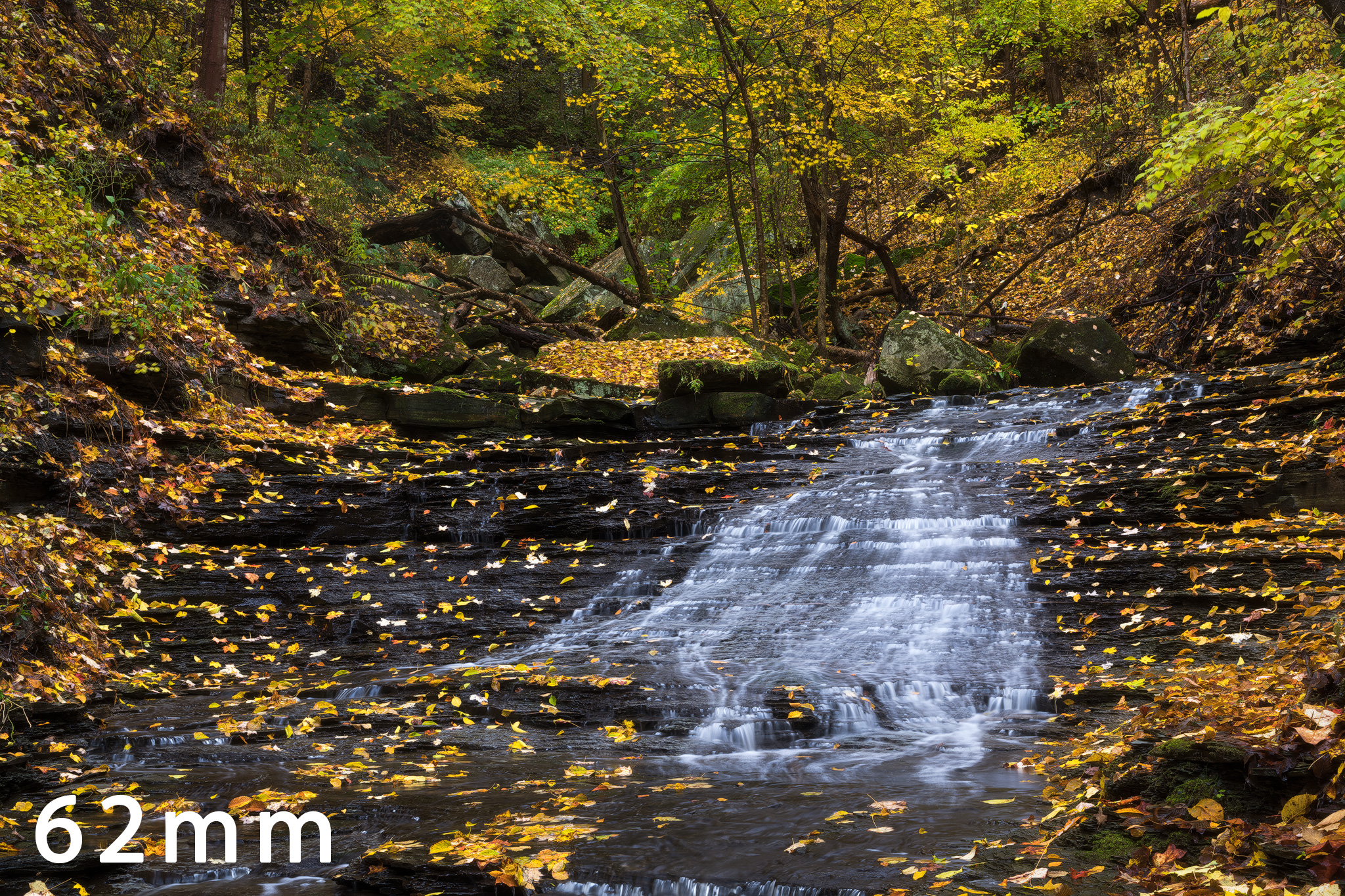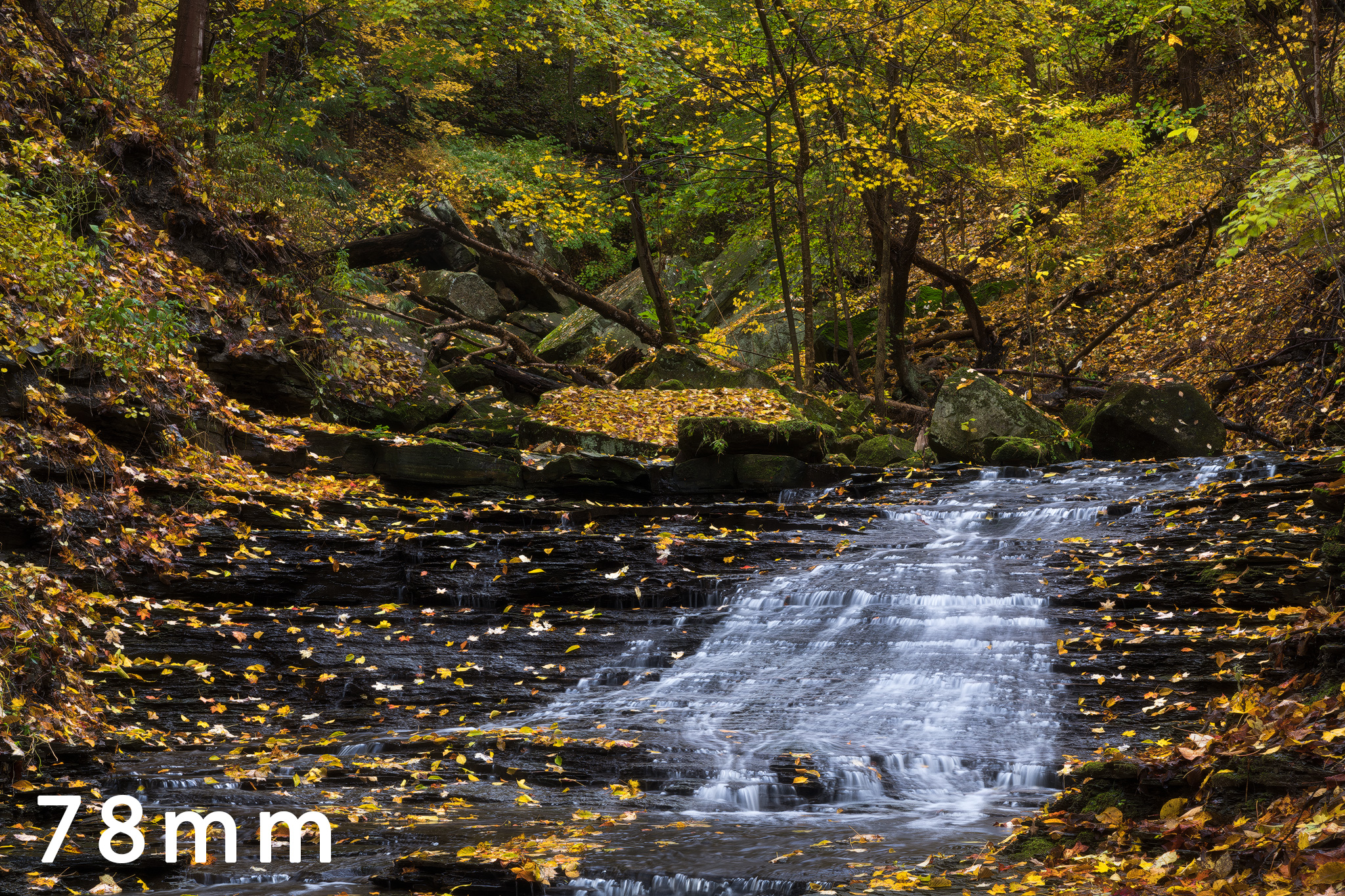Yep, I’m going there. Get a mouthful of hot coffee ready to spit. If you have angry emoticons, now will be the time.
Let me start with a disclaimer. The following is not meant to be interpreted towards anyone else’s work. I am not trying to dictate a manifesto to the community, instead jotting down some thoughts that have been guiding my hand more and more as the years go on. So why publish this? Because it is undoubtedly one of the most common questions I am asked! And, it’s a lot to explain.
I have come to think of myself as an artistic photographer, at least that is the intention of my work. I constrain my photographic art with two opposing principles, which I will argue the points of below.
1. If I manipulate an image too much, it’s not photography.
2. If I don’t manipulate an image enough, it’s not art.
That last point was the cue for the purists to spit the coffee, in case you missed it.
I’ll start with point #2, since I think most of us can agree on point #1.
Art has never been about reality exactly as it is. It is reality reimagined, reality improved (or destroyed), reality through a thousand different mirrors. If art were limited to strict interpretations of reality, how much less our lives would be! Therefore if you dare to call yourself not just a photographer but an artist, you had better be manipulating your images. Before I get neck punched- let me examine the definition of the word.
manipulate
1. to treat or operate with or as if with the hands or by mechanical means, especially in a skillful manner
2. to manage or utilize skillfully
3. to change by artful or unfair means so as to serve one’s purpose
It is a word with both positive and negative connotations.. An artist can skillfully manipulate a sculpture by the first definition, but when people say a photograph is too manipulated, they are using the not so great definition of the word. Trickery. Illusion. Unfair means to serve one’s purpose. That sunset wasn’t that colorful, those stars weren’t that bright, etc.
I proudly manipulate my work by the first definition, and attempt to steer clear of the third, although the gray areas here are bigger than the Death Valley playa. It is my opinion that when you have the best tools ever created for controlling the look, feel, and color of your images, (as we all do in 2018) it is silly and archaic not to use them. Indeed I would argue it is almost neglectful, if you really care about what you are creating!
How do I manipulate my images? Let me count the ways, in descending order of importance.
1. Location/Conditions
No other decision will shape your portfolio more than what you choose to shoot. And yes, flying to Iceland for a week will most definitely come under any definition of manipulation- if it didn’t radically change your photos, you could just stay in your backyard! Choice of subject will define who you are as an artist more than any other decision you make.
2. Lens and composition
The choice of lens and the arrangement of objects in a scene can completely change the look of a place to the point that it is unrecognizable. Perspectives can be very deceptive. A wide angle lens can make foregrounds tower over distant mountains. Telephoto glass can compress and layer tiny scenes in the distance.
3. Post processing
The least important aspect of your work as a photographer. Don’t believe me? There are pros who shoot film and don’t even bother! That’s not to say it isn’t important at all, of course- just that I can change a lot more about my images with where I stand than I ever could on a computer. And yes- I find the notion that using digital editing is somehow different from the myriad of other ways we manipulate our images to be strange indeed! Imposing your intent on a scene is always what artistic photography has been about.
Looking at the above categories, I can come to no other conclusion but that every one of my photos is highly manipulated. I choose the land, I choose the light, I arrange the composition, I process. Each and every one of these steps is either intentionally or subconsciously guided by my mind, which has been shaped by my life and experience. I will make choices that will differ from what anyone else would have done. Cumulatively it makes my voice different, even if only a little. That is an important part of what makes art! Remove the intent and guidance by the artist’s hand (manipulation) and you are left with a snapshot that literally anyone could have created.
So now, can’t I put a giant moon behind the milky way behind a rainbow over the grand canyon and call it good? Do I even need to leave my house anymore?!?
Well, now we bump our heads on that Opposing Principle-
If I manipulate my images too much, they are not photography.
Yes, ever since the beginning of art, it has been about manipulation. And photography as art has not been excluded from such- but there is a very important caveat. Outdoor photographers have always been seen as emissaries of truth. Witnesses to wonders, spectacles so seldom seen that they unfold once every several lifetimes, or perhaps never again. By choosing to label myself as a photographer rather than a digital artist, I can’t help but feel I have a responsibility to carry the truth to my viewers. No matter my personal intentions, the viewer will have an expectation that they could one day climb that very same peak, feel that wind in their face. That feeling is a big part of the magic of photography- to be awed by what exists! I cannot completely disregard the notion that the magic is under assault these days, and I see that digital manipulation is somewhat to blame. People don’t believe what they see anymore. It saddens me.
About a year ago, one of my favorite photographers posted an image of great and simple beauty- a lake, with glowing peaks towering above still waters. The image was almost immediately assaulted on social media. I don’t remember the exact words, but the basics were- “I’m tired of all this Photoshopped beauty.” The processing was subtle and tasteful, and the lighting completely natural to my eye. It broke my heart, not only for the artist who was unjustly assaulted, but also for the assaulter! How jaded do you have to be, to doubt even the most basic presentation of natural beauty!
I have encountered people who doubted milky way photos, not because of the processing- but because they didn’t believe you could actually see such a thing! They literally did not think the milky way can be seen. One of my strongest childhood memories is from time spent high on Colorado nights, looking up at that vast and dusty expanse and feeling so very small (in the best possible way). Such sights used to be a quintessential part of human existence, during times when we spent more of our lives outside than in.. I hate that people don’t believe such beauty is real anymore. I can’t, won’t add to that.
I should say that I don’t hate things that are created- not at all. There is amazing, powerful digital art created by people who are absolute geniuses in the field of compositing and CGI. I love that stuff! Yet, how long will it be before one can get to the front page of 500px with an image of somewhere that simply doesn’t exist? It’s starting to happen already. I have seen foregrounds from Norway in front of the Canadian Rockies, and foregrounds from Utah with Sedona spires in the background. I was impressed! The processing looked great! Yet, it is not something I would feel comfortable calling a photograph, were it mine.
Of course, I realize that I am firmly in the Gray Zone with my own work, and surely many would judge it unrealistic. Everyone must forge their own path in this brave new world, and I am A-OK with being judged- it’s just part of putting your work out there. To allow myself to critique my own work in accordance with the principles above, I have made a three level reality-rating system. It’s a bit like the hurricane scale, but with less destruction and terror.
Cat 1- Things that really happened.
Pretty self-explanatory, but I should elucidate that something that could not be seen with the eye can still fall under this category. For example, long shutter speeds blurring water- really happened, although it didn’t look like that to my eyeballs. Stars and milky way- same deal, provided they are not edited to look like space fireworks. Infrared is another good example- you’ll never see it, but it is still firmly in the realm of Things That Exist. Heck, let’s throw monochrome in here too. At the risk of another neck punch, I will say that I consider most forms of warping in this category as well. Why? Because wide angle lenses distort the heck outta stuff anyways. Don’t believe me? Take a wide angle shot with an object in the center, then another with the same object in a corner. That object will be 48493 times bigger and stretched to all kinds of crazy. So yeah, I think reasonable warping is fair game. Focus stacking and bracketed exposure techniques to overcome the limitations of equipment also fall in here.
Cat 2- Things that could have happened. Embellishments. Enhancements.
Suppose I have a nice waterfall image, but it would look a bit better with some bluer water? Or, a night image with a pesky plane that I remove? Maybe change the white balance significantly one way or another to give a summer or winter feel? What about those night shots where the foreground is lit by late twilight but the stars are from 30 minutes later? That actually happened, just not at the exact same time. Those stars did twinkle over that very same landscape! Light painting, orton effect, dodging and burning, this is the category for that stuff- things that are enhancements to what was actually there. They are not entirely the truth, but are more real than fake. This is a very important area, because this realm is where true creativity in post-processing can, and has been, elevating the art to new levels over the last 10 years or so. It’s also dangerous ground for me, as I can easily slip over into…..
Cat 3- Things that could not happen.
Blatant fakery. Sky filling moons on wide angle shots. Stars in front of clouds. Things that could never be, no matter what conditions transpired, no matter what lens you used, no matter where you stood. Impossible places that could not exist without photoshop.
If you hadn’t already guessed, my goal is Cat 1 and 2 style images. I will throw in examples of all three below.
